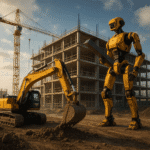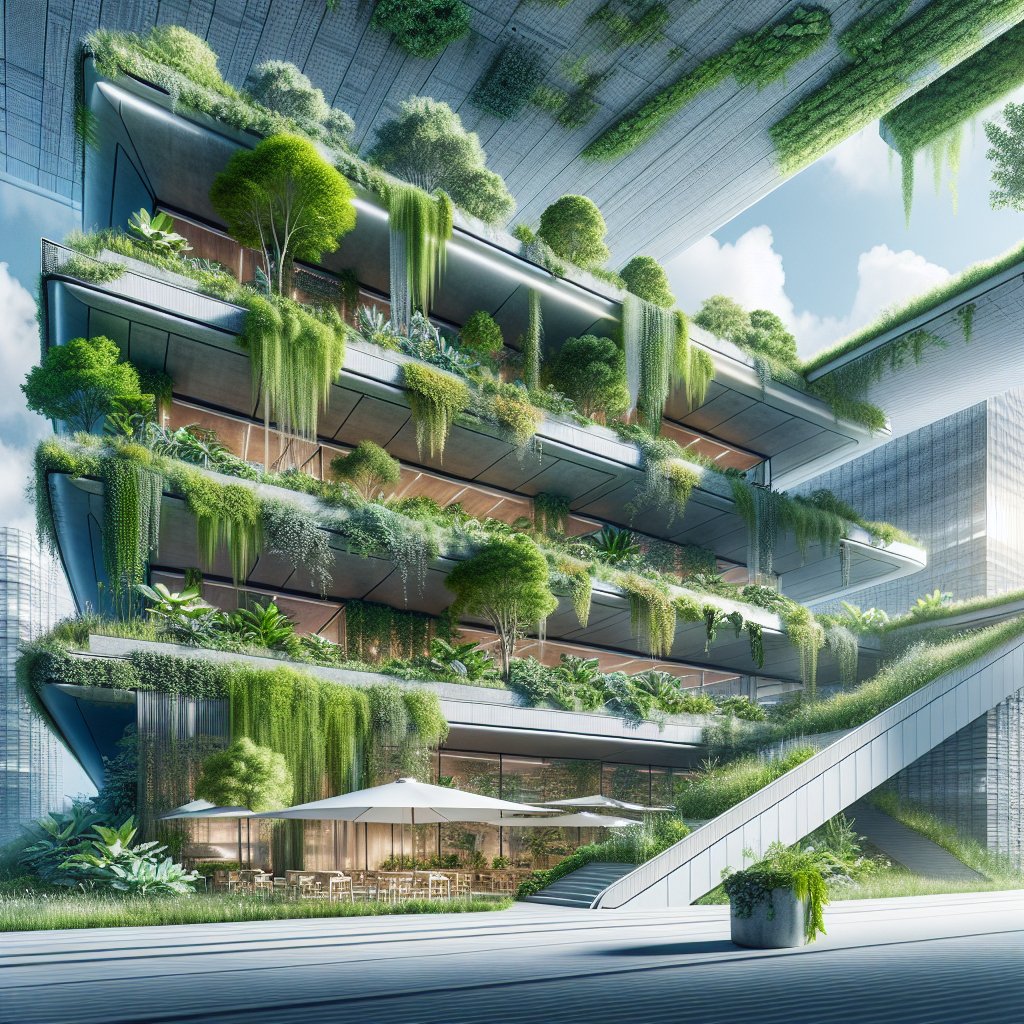As urban landscapes continue to expand, the integration of nature into architectural design has become a pivotal focus, leading to the innovative concept of living walls and roofs. These green structures not only enhance the aesthetic appeal of buildings but also offer a myriad of environmental and health benefits. This article delves into the transformative impact of living walls and roofs on modern architecture, exploring their design, benefits, and future potential.
The Concept and Design of Living Walls and Roofs
Living walls, also known as vertical gardens, are self-sufficient gardens that are attached to the exterior or interior of a building. These walls are composed of a variety of plants that are rooted in a structural support system, which is often integrated with irrigation and fertilization systems. The design of living walls can vary significantly, ranging from simple modular panels to complex, custom-designed installations that cover entire facades.
Similarly, green roofs, or living roofs, are rooftops that are partially or completely covered with vegetation. These roofs consist of several layers, including a waterproof membrane, drainage and irrigation systems, and a growing medium for the plants. Green roofs can be categorized into extensive and intensive types. Extensive green roofs are lightweight and require minimal maintenance, while intensive green roofs are heavier and can support a wider variety of plant species, including shrubs and small trees.
The design of living walls and roofs requires careful consideration of various factors, such as climate, building structure, and plant selection. Architects and designers must collaborate with horticulturists and engineers to ensure that these green installations are sustainable and effective. The choice of plants is crucial, as they must be able to thrive in the specific environmental conditions of the site, including light, temperature, and humidity levels.
Environmental and Health Benefits
One of the most significant advantages of living walls and roofs is their ability to improve air quality. Plants naturally filter pollutants and carbon dioxide from the air, releasing oxygen in return. This process not only enhances the air quality within urban environments but also contributes to the reduction of the urban heat island effect, where cities experience higher temperatures than their rural surroundings due to human activities and infrastructure.
Moreover, living walls and roofs provide excellent insulation, reducing the need for artificial heating and cooling systems. This energy efficiency leads to lower utility costs and a decrease in the carbon footprint of buildings. The vegetation also acts as a natural sound barrier, absorbing noise pollution and creating a more peaceful environment for building occupants.
In addition to environmental benefits, living walls and roofs have a positive impact on human health and well-being. The presence of greenery in urban areas has been shown to reduce stress, enhance mood, and improve cognitive function. Access to natural elements can also increase productivity and creativity, making living walls and roofs a valuable addition to workplaces and educational institutions.
Challenges and Considerations
Despite their numerous benefits, the implementation of living walls and roofs presents several challenges. One of the primary concerns is the initial cost of installation, which can be significantly higher than traditional building materials. However, the long-term savings in energy costs and the potential increase in property value often offset these initial expenses.
Maintenance is another critical consideration. Living walls and roofs require regular upkeep to ensure the health and vitality of the plants. This maintenance includes watering, fertilizing, pruning, and monitoring for pests and diseases. Building owners must be prepared to invest in the necessary resources and expertise to maintain these green installations effectively.
Structural integrity is also a concern, as the added weight of soil and vegetation can impact the building’s load-bearing capacity. Engineers must conduct thorough assessments to ensure that the building can support the additional weight and that the waterproofing systems are adequate to prevent leaks and water damage.
The Future of Living Walls and Roofs
As the demand for sustainable and eco-friendly architecture continues to grow, the future of living walls and roofs looks promising. Advances in technology and materials are making these green installations more accessible and affordable. Innovations such as lightweight growing mediums, automated irrigation systems, and smart sensors for monitoring plant health are enhancing the feasibility and efficiency of living walls and roofs.
Furthermore, the integration of living walls and roofs into urban planning and policy is gaining momentum. Cities around the world are recognizing the value of green infrastructure and are implementing incentives and regulations to encourage the adoption of living walls and roofs. These initiatives not only promote environmental sustainability but also enhance the quality of life for urban residents.
In conclusion, living walls and roofs represent a harmonious blend of nature and architecture, offering a sustainable solution to the challenges of urbanization. As we continue to explore and innovate in this field, the potential for living walls and roofs to transform our cities into greener, healthier, and more resilient spaces is immense. By embracing these green technologies, we can create a future where nature and urban life coexist in balance and harmony.










